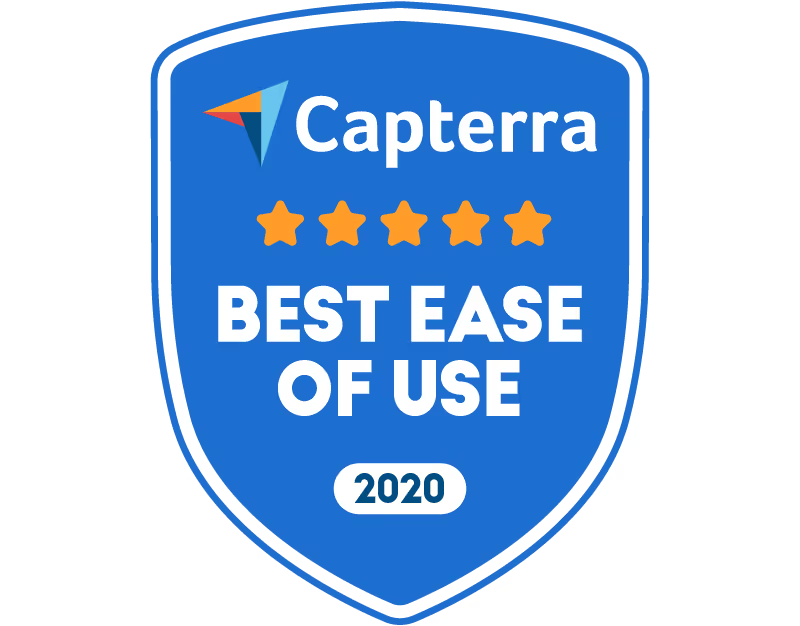
This is some text inside of a div block.
This is some text inside of a div block.

Synergies are commonly used in the context of mergers and acquisitions, referring to the potential financial benefit of combining companies as well as describing the driving force behind a merger.
A key step to take before executing a transaction is synergy realization to weigh the costs and benefits of a transaction before it occurs.
This is where data rooms come in.
Features such as document management, company information management, and the enhanced ability for collaboration help teams determine and achieve synergies faster.
As previously mentioned, M&A synergy realization refers to determining the actual value of a merger or acquisition before completing the transaction.
Key factors in realizing deal synergies include the following:
This includes the level of time, effort, and investment required to achieve a revenue synergy. A tracking process should be put in place to measure success or the need for improvement.
Planning early increases clarity in sales, aligns processes to avoid customer experience issues, establishes a roadmap to address any issues that might occur down the line, and improves collaboration and communication.
Being able to leverage the prior due diligence provides the ability to perform successful analyses prior to the deal close. Early integration planning can speed up synergy execution.
Revenue should drive the integration strategy, meaning that companies should determine which synergies offer the most value and develop targets accordingly.
As the deal goes on, companies must track the progress of the synergies involved in their deal. A centralized location, such as a project management platform, is recommended.
Download our synergy tracking template to discover where your synergies could be improved.
Ensure that all members are focused on the objective throughout the M&A process, and keep productivity and morale high with unified performance metrics, effective onboarding, cultural compatibility, and personal success.
Data rooms can be used to share information in the early stages of mergers and acquisitions process and help teams prepare for a successful integration. With the use of a data room, teams can understand and compare the risks and value drivers between two businesses.
Data rooms provide a secure, confidential space to exchange sensitive data. More specific uses include analysis of the business products, customers, vendors, and supply chains on both ends to uncover hidden value, understand operations, identify dependencies, and assess supply chain resilience.
Some benefits include:
According to a study by EY, synergy value can be realized 90 days sooner with the use of a data room.
Data room features, such as data reports, analytics, and visualization tools, help reveal trends in shared data and uncover opportunities for synergies. A data room provides a centralized hub for necessary information to allow for synergy discovery.
Companies using data rooms are able to analyze data from both parties to provide insight into the impact of integration, including cost synergies and overlap between the business and target. This helps to avoid business loss and liability, as well as allows businesses to be proactive.
When entering a merger or acquisition, realizing synergies is an important consideration to make.
With the use of a data room, the integration planning process is made more simple and efficient and offers the opportunity to realize synergy goals. Data rooms have become a key component of M&A, and will only continue to be more widely used with time.